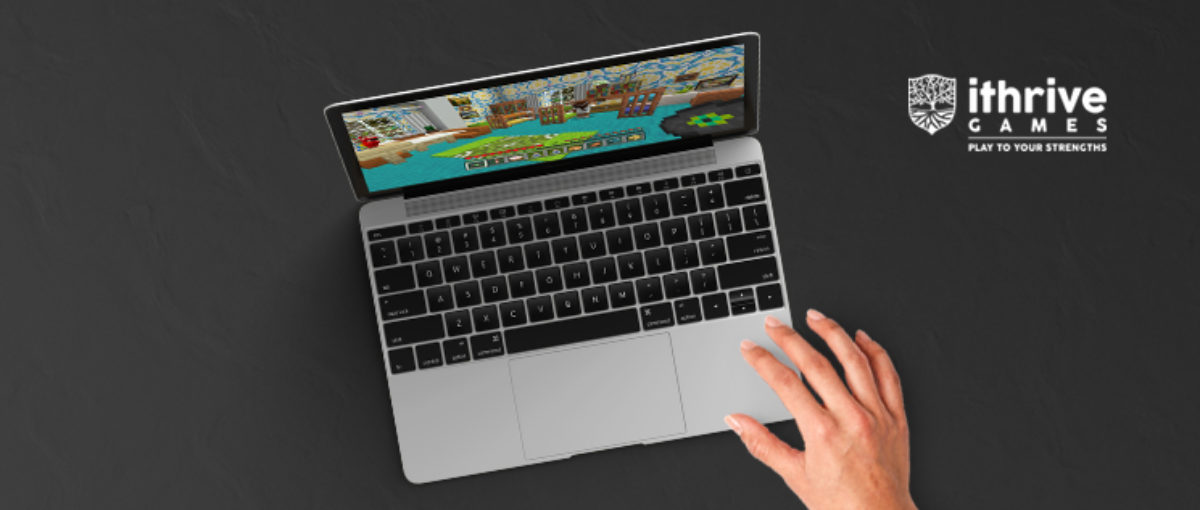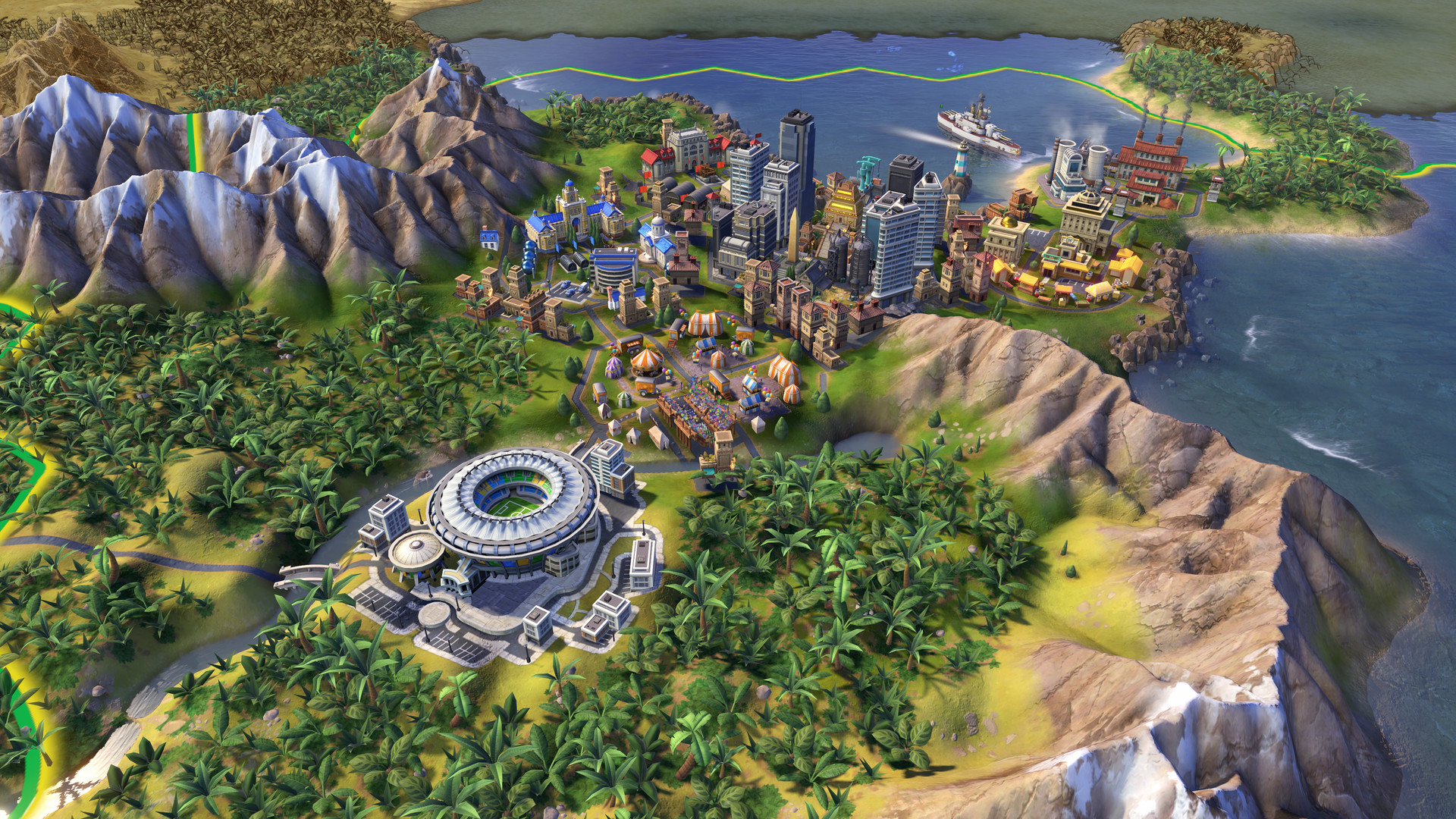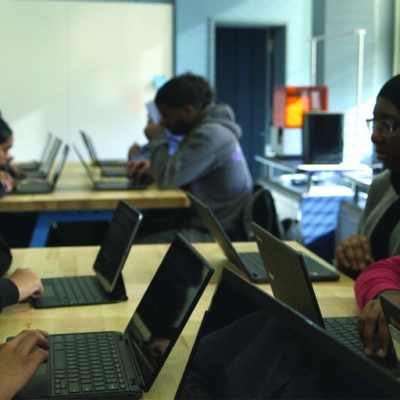
Putting It in Context: Using Commercial Video Games in Education
EDITOR'S NOTE: As teens head back to school, we're putting the focus on how one inventive and passionate educator makes commercial video games (as well as games of his own invention) a vibrant part of his teaching approach. Paul Darvasi teaches high school English at Royal St. George's Academy in Toronto, Canada.
***
I'm a high school teacher, game designer, and researcher who's experimented with a variety of digital and pervasive games in diverse instructional settings. If there's one thing I've learned after over a decade of teaching with digital games, it's that designing suitable contexts is essential for targeting learning outcomes. This especially applies to educators who want to integrate commercial off-the-shelf games (COTS) that were not deliberately produced for education. Take Civilization, for example, a sprawling turn-based history simulator that has made frequent appearances in classrooms. "Civ," as it's popularly known, starts at the dawn of time and, as the eons pass, players grow their empire as they carefully manage culture, technology, religion, economy, diplomacy, military, and political ideology. Even during informal play at home, players can't help but learn as they exercise strategic thinking, judicious resource allocation, and cost benefit analysis, to name a few skills requisite for imperial domination. But, when the game migrates to the classroom, standards and objectives can easily get lost amid the manifold demands of empire building. I love the idea of a class where one student incites sectarian violence in Cuzco, while another beefs up culture in St. Petersburg to rival Paris but, for better or worse, educators must rein in the action to achieve specific ends. Enter context.


Empire building in Civilization VI. Photo source.
Civilization's epic magnitude is not unusual by current video game standards. Players today expect to spend up to hundreds of hours immersed in digital worlds, so big studios bake in an impressive volume of choice-based, open world, and re-playable content. This can, of course, prove a tad overwhelming for a teacher looking to meet a specific outcome. There is also no guarantee that players will absorb the relevant learning material, as they often focus on efficiently beating the system at the expense of savoring narrative and/or information that isn't absolutely necessary to win the game. For example, every unit and concept in Civilization is linked to the "Civilopedia" that provides historically accurate background info; however, it's rare for a player caught-up in the frenzy of besieging a city to pause and read about the origins of the catapult in the third century B.C.
By strategically designing the right context, educators can remedy these issues and shepherd their charges to the glories of immersive learning unwittingly afforded by popular video games. Here are three key tactics to shape context to meet instructional goals:
Priming: This is a good way to foster socio-emotional responses, such as compassion, mindfulness, and empathy. Research has found that presenting relevant material prior to play can better sensitize players and foster awareness of emotional content. Using documentaries, articles, or narratives about the lived experiences of refugees to preface gameplay can lead to a more sensitive reception of refugee storylines in games like Skyrim, World of Warcraft, or Dragon Age: Origins. Similarly, reading testimonials about the challenges of LGBTQ youth may lead to a more nuanced reception of Gone Home or A Normal Lost Phone.
Ancillary Material: Curating accompanying material to support gameplay helps students hone in on learning objectives. Ancillary material can include readings, films, field trips, or lectures. I recently worked with a high school history teacher where we used Total War: Rome II to relay the idea that recorded history is necessarily grounded in perspective and bias. Although narrower in chronological scope than Civilization, Rome II is a complex Roman Empire strategy game with many moving parts. The history class's mini-unit concentrated on Caesar's first battle that launched his highly successful campaign in Gaul. Students read Caesar's own account of the battle in his autobiographical "The Gallic Wars," watched episode 12 of "The Conquerors," and had a hands-on Roman artifact workshop at the local museum. We projected the pertinent portion of the game on the big screen and students took turns playing it for two classes. It was all tied together with a culminating Harkness table discussion that addressed how each medium had its own unique affordances and constraints, and how each source omitted or added portions of the story. They not only absorbed a detailed account of a pivotal conflict, but clearly demonstrated a newly gained appreciation for the nuances of historical representation.
Supplementary material can be used before, during, and/or after gameplay.
Dialogue: I buy into a school of thought that proposes that knowledge is socially constructed, and that collaborative, dialogic approaches improve retention and better invest us in what we learn. Furnishing spaces for directed discussions, debates, and collaborative knowledge-building is an effective way to meet learning goals. These might include online forums, private Facebook groups, Socratic and Harkness table discussions, or small group mission-oriented task forces. Prompts, guiding questions, moderation, and artifacts can help keep the conversations on track. One of my favorite examples is Norwegian educator Tobias Staaby's use of The Walking Dead to teach moral philosophy. His students learn about diverse approaches to moral philosophy, and then enter the zombie apocalypse to field test their newfound knowledge. Staaby cues the game to a segment where the main character must make a difficult ethical decision. Before the choice is made, students break into small groups to determine their choice, which they must justify according to a specific branch of moral philosophy. Animated and informed discussion both preface and follow the decisive moment in the game.
Video games are highly malleable instruments and, as seen above, can be bent, repurposed, and reshaped to fit the lesson. Educators don't have to use the entire game, but can choose to play only what is applicable. Developers have created tools to modify games like Portal 2, Civilization, and Kerbal Space Program for users with little to no technical expertise, which has proven useful for the classroom. Also, if you don't have copies for every student or enough devices to go around, the games can be projected in front of the class and students can take turns playing, which can lead to a valuable shared experiences. In some cases, this "hotseat" format may be preferable even if budget and technology aren't barriers.
There are a growing number of existing lessons, mods, and teacher reviews available online for using video games and creating contexts, but more commercial game developers might also be wise to join the fray. By providing contextual educational material and lesson plans, along with affordable school licensing options, they would not only contribute to making education a better place, but also breathe new life into their product as it takes "just one more turn" at the market cycle.
***


